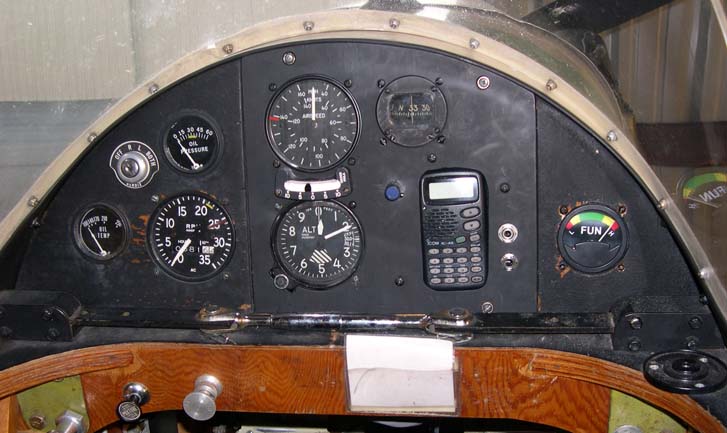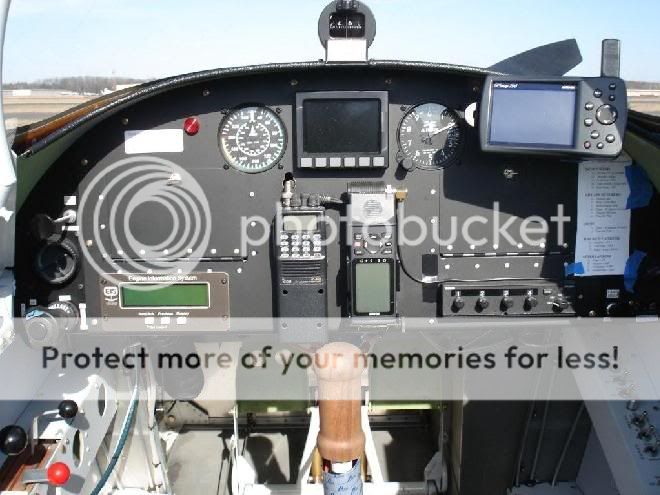itsjames2011
Pre-takeoff checklist
Hello everybody,
While Jim and I are trying to troubleshoot the problem with my comm radio, I decided to order an Icom IC-A14 hand held air band radio. Will this do the trick for getting into the local class D airports until my problems are resolved? Also, will I need to hook it to an external antenna for this purpose?
James
Sent from my SAMSUNG-SM-G920A using Tapatalk
While Jim and I are trying to troubleshoot the problem with my comm radio, I decided to order an Icom IC-A14 hand held air band radio. Will this do the trick for getting into the local class D airports until my problems are resolved? Also, will I need to hook it to an external antenna for this purpose?
James
Sent from my SAMSUNG-SM-G920A using Tapatalk


